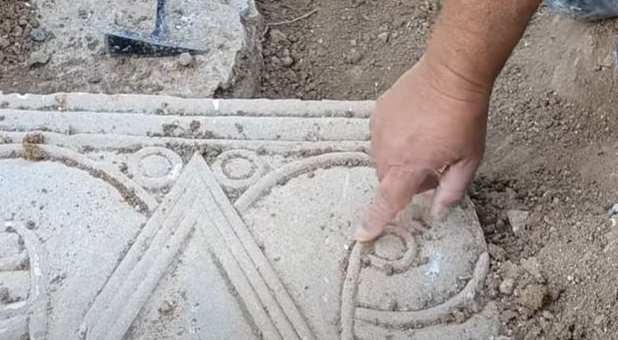Archaeologists Uncover Remains of Majestic First-Temple Era Building
Israeli archaeologists unveiled a rare collection of column heads from the First Temple period at the Armon Hanatziv promenade in Jerusalem.
These stone artifacts made of limestone are adorned with ornate carvings and date back to the time of the Judean kings. Experts believed they are remnants of a grand mansion that overlooked the Temple Mount and Jerusalem’s Old City.
The three-pillar heads—or “capitals”—are carved with an ancient symbol representing the Jewish kingdoms of Judah and Israel. The same symbol is printed today on the five shekel coin in Israel.
“This is a very exciting discovery. This is a first-time discovery of scaled-down models of the giant Proto-Aeolian capitals, of the kind found thus far in the kingdoms of Judah and Israel, where they were incorporated above the royal palace gates. The level of workmanship on these capitals is the best seen to date, and the degree of preservation of the items is rare,” said Yaakov Billig, director of the Israel Antiquities Authority’s excavation.
Researchers believe the mansion was built between the reigns of kings Hezekiah and Josiah, after the Assyrian siege of Jerusalem in 701 B.C. While the pillar heads are in excellent condition, the rest of the building was demolished.
Click here to read the rest of this story from our content partners at CBN News. {eoa}















































